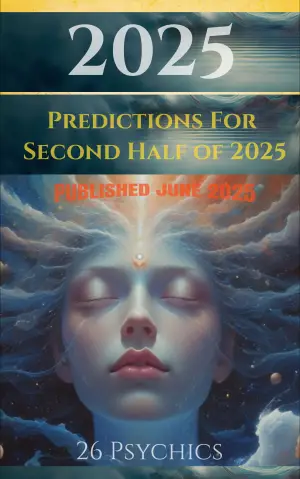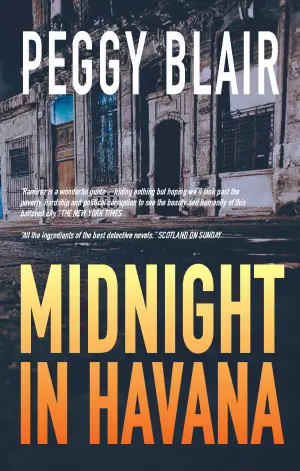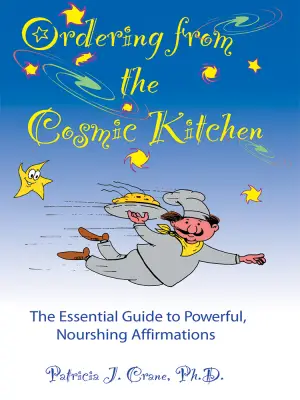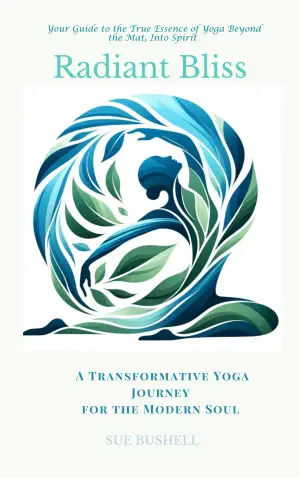Exploring Alok Vaid-Menon’s Beyond the Gender Binary
When I first picked up Beyond the Gender Binary by Alok Vaid-Menon, I wasn’t sure what to expect; the title itself provoked a whirlwind of thoughts about identity, societal norms, and the ever-elusive definitions of gender. As someone who’s always been intrigued by the complexities of gender expression, I found myself drawn into a dialogue that is as nuanced as it is necessary. Vaid-Menon’s work promises not just to challenge conventional understandings but to push the envelope on what it means to exist outside traditional gender settings.
At its core, the book navigates the tangled interplay between gender, power, and identity, pushing readers to scrutinize the structures that uphold societal norms. Vaid-Menon articulates how gender is not an innate quality but rather a social construct, crafted and reinforced through historical contexts—contexts often glossed over in broader discussions. It’s a perspective that made me reflect on how, much like racism, discussions of gender can become abstracted to the point of losing sight of the lived realities shaped by those hierarchies.
A particular moment that struck me was Vaid-Menon’s assertion that “the most lethal part of the body is not the fist but the eye.” In a world where perceptions can dictate actions, there lies an undercurrent of power that shapes lives with stark consequences. While the statement is poetic, I found myself mulling over its implications, recognizing that real power emanates not merely from our thoughts but from the actions those thoughts inspire. This brings a collective responsibility into focus – one that extends beyond our internal dialogues.
Vaid-Menon’s exploration touches on more contentious topics, like the chilly receptions that gender-neutral language can evoke. The notion that “people who give birth” replaces the term “women” compels a deeper examination of language’s role in feminism and identity politics. While I appreciate the intent behind gender-neutral language, Vaid-Menon’s critique made me consider the genuine concerns it raises, blending compassion with a call for nuance—a blend that resonates with my own experiences navigating these conversations.
The writing itself has a lyrical quality, with Vaid-Menon’s prose flowing effortlessly between personal anecdotes, historical references, and poignant observations. It invites readers into a conversation rather than merely presenting arguments, which made me feel as if I were part of a shared journey rather than a passive recipient of information.
I believe Beyond the Gender Binary will resonate with anyone eager to engage with modern conversations about gender—particularly those in the LGBTQ+ community, feminists, and social justice advocates. Vaid-Menon’s words offer a refreshing challenge to existing narratives, sparking curiosity and inviting readers to question long-held beliefs.
Ultimately, this book is more than a reading experience; it’s a gentle nudge toward a broader understanding of identity and its implications. For me, it reaffirmed the importance of creating spaces where complex dialogues can flourish, making it a significant addition to discussions about gender in today’s world. If you find yourself longing for a deeper understanding of identity, I wholeheartedly recommend diving into Beyond the Gender Binary. It might just change the way you see the world.
Discover more about Beyond the Gender Binary on GoodReads >>














